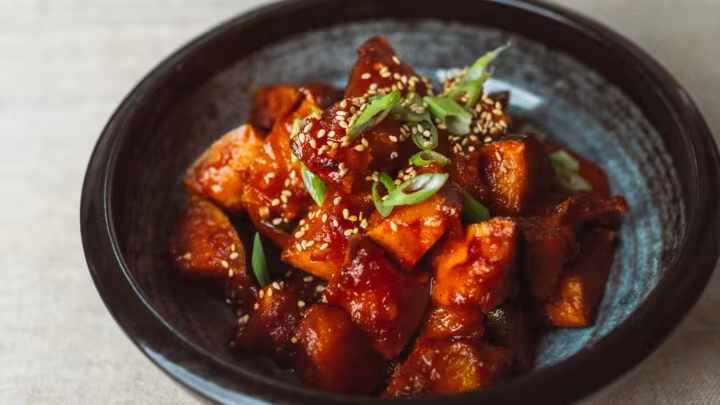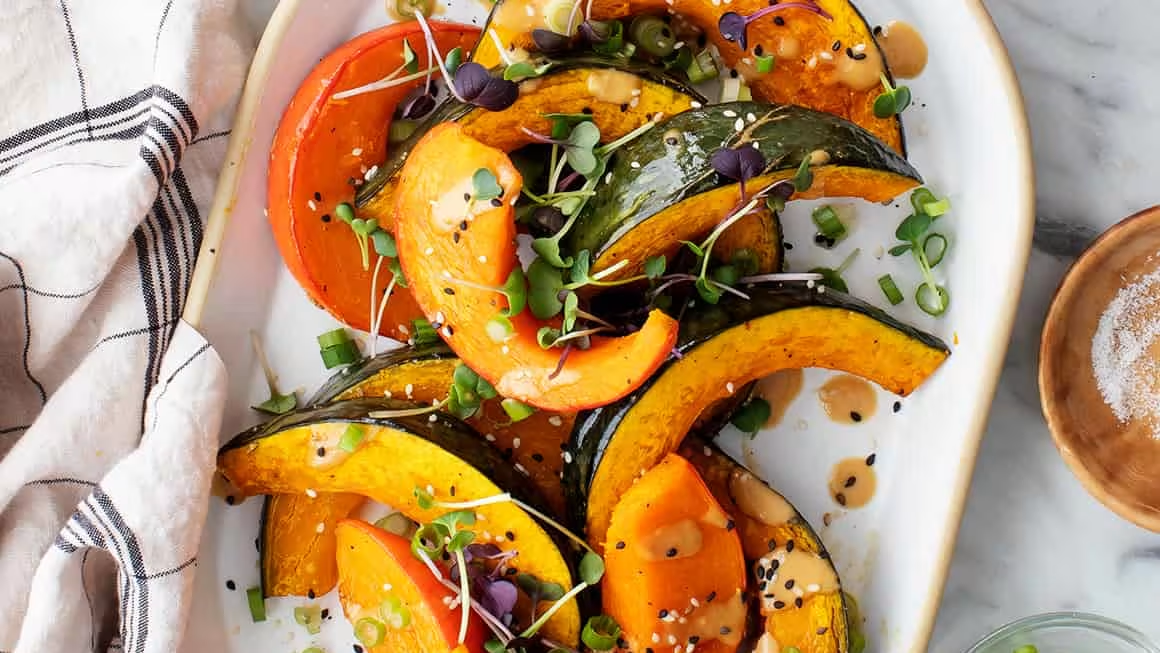
Delicious & Easy Chinese Kabocha Squash Stir-Fry: A Vegan Delight!
Written by Jessica Lopez
Published at 16-09-2022
Edited on 02/19/2025 | 07:07 PM
Vegan RecipesCourse: Main Course
Cuisine: Chinese
Difficulty: Easy
Servings
4 servings
Prep Time
15 minutes
Cooking Time
30 minutes
Total Time
45 minutes
Fat
8g
Protein
3g
Carbs
30g
Calories
200 kcal
If you're on the lookout for simple yet flavorful vegan dishes, look no further! Kabocha squash, often referred to as Japanese pumpkin, is not only delicious but also brimming with nutrients. It's a versatile vegetable that can transform your meals into something extraordinary. In this blog post, we’ll explore easy Chinese squash recipes featuring kabocha, perfect for those who want to enjoy wholesome plant-based meals without spending hours in the kitchen.
Chinese cuisine is known for its bold flavors and vibrant ingredients, and kabocha squash fits right in with its sweet, nutty taste and creamy texture. Whether you’re a seasoned vegan or simply looking to incorporate more plant-based meals into your diet, kabocha squash is a fantastic choice. It pairs beautifully with a variety of flavors, from savory soy sauce to aromatic garlic and ginger. Plus, it’s packed with vitamins A and C, fiber, and antioxidants, making it a nutritious addition to any dish. In this recipe, we’ll show you how to whip up an easy and delightful kabocha squash stir-fry that’s not only quick to prepare but also bursting with flavor.
This dish is perfect for busy weeknights or a relaxed weekend meal and can be served as a main or side dish. So, grab your wok and let’s dive into the world of easy Chinese squash recipes with kabocha—you won’t be disappointed! Get ready to impress your family and friends with a meal that’s as healthy as it is delicious!.


